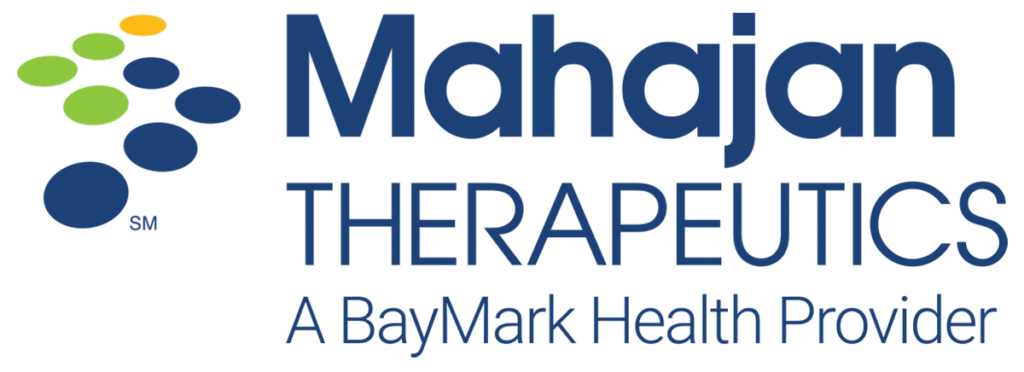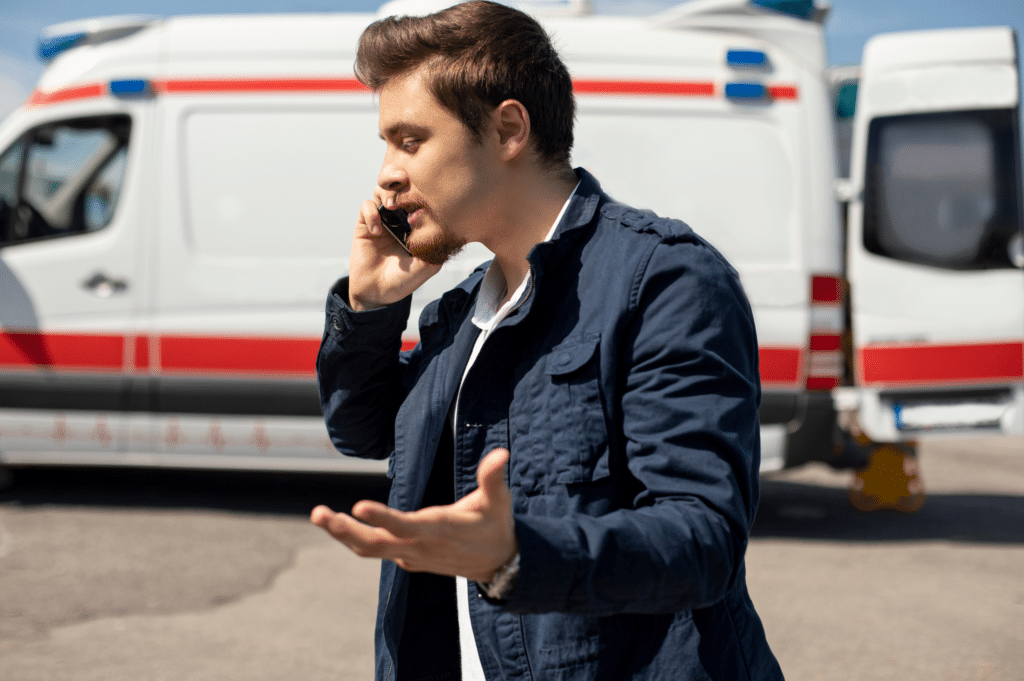Why Overdose Response Education Matters
An overdose can happen quickly and without warning, especially when opioids like fentanyl are involved. With opioid use disorder and accidental drug-related deaths, knowing how to respond is more important than ever. Effective overdose response can save lives, reduce harm, and guide individuals toward long-term recovery. In this guide, we’ll explain how to recognize the signs of an overdose, what symptoms to look for, how to use naloxone, and what steps to take after an overdose is reversed.
What Is an Overdose?
An overdose occurs when a person consumes a toxic amount of a substance, overwhelming the body and impairing vital functions. In opioid overdoses, the brain’s control over breathing slows dramatically, often leading to respiratory arrest. Accidental overdoses are especially common with opioids, alcohol, and other depressants. With the rise of fentanyl, even a small miscalculation can result in a fatal overdose.
Common Signs and Symptoms of an Overdose
Recognizing an overdose quickly can mean the difference between life and death. Here are some overdose signs to watch for:
- Unresponsiveness or unconsciousness
- Slow, shallow, or no breathing
- Gurgling, choking, or snoring sounds
- Pale, clammy skin
- Blue or gray lips, fingertips, or skin tone
- Constricted or “pinpoint” pupils
These common symptoms of overdose should never be ignored. If you suspect someone is overdosing, act fast.
How to Recognize and Respond to an Overdose
If you’re wondering how to recognize and respond to an overdose, follow these essential steps:
- Check responsiveness – Gently shake the person and call their name.
- Call 911 immediately – Even if naloxone is available, emergency services are still critical.
- Administer naloxone – If on hand, give naloxone (Narcan) as directed.
- Perform rescue breathing or CPR – If trained, begin life-saving actions.
- Stay with the person – Monitor their condition until help arrives.
In any opioid overdose emergency, speed and calm response are key. Do not leave the person alone, and provide as much information to emergency responders as possible.
Using Naloxone in an Emergency
Project DAWN, Ohio’s statewide naloxone distribution program, offers free access and education to help communities respond effectively to opioid overdoses. Naloxone is a life-saving medication that can reverse an opioid overdose by blocking the effects of opioids on the brain. It works within minutes and is safe to use, even if the person isn’t sure what substance was taken.
How naloxone works in overdose reversal:
- Binds to opioid receptors, displacing opioids like fentanyl
- Temporarily restores normal breathing
- Effects last 30–90 minutes
Naloxone use tips:
- Comes in nasal spray or injection form
- Always call 911 after administering—it can wear off while opioids remain in the system
- Store in an accessible, cool, dry place
Naloxone should be part of any first aid for overdose kit, especially in homes or communities affected by opioid use.
What to Do After the Overdose Is Reversed
Support services like OhioMHAS provide statewide behavioral health and addiction recovery resources for individuals and families navigating post-overdose care. Reversing an overdose is only the beginning. Continued care is essential to prevent future emergencies. Once stabilized:
- Encourage medical evaluation—even if the person feels fine
- Discuss ongoing substance use and overdose risks
- Provide information on medication-assisted treatment (MAT) programs
- Offer harm reduction strategies to lower future risk
MAT and overdose recovery go hand-in-hand. Combining medication with therapy and community support improves long-term outcomes.
Community Tools for Overdose Prevention
Resources like SAMHSA’s Opioid Overdose Prevention Toolkit offer actionable strategies for communities to reduce overdose deaths. Meanwhile, public awareness campaigns such as the CDC’s Stop Overdose initiative provide education on opioid safety and prevention strategies. Education and accessibility are key to reducing overdose deaths. Communities can take action through:
- Naloxone training and distribution programs
- Public fentanyl awareness campaigns
- School and workplace overdose education
- MAT access expansion
- Harm reduction resource centers
Supporting community response builds a network of individuals equipped to offer overdose help when it matters most.
Be Prepared. Save a Life.
Being informed about overdose response can help you protect your loved ones and community. Recognizing overdose signs, understanding symptoms, and knowing how to use naloxone are life-saving skills.
If you’re ready to learn more or access help, contact our team. We offer overdose education, harm reduction tools, and medication-assisted treatment to support individuals and families.
Call us today or fill out our confidential form to take the first step in saving a life.



